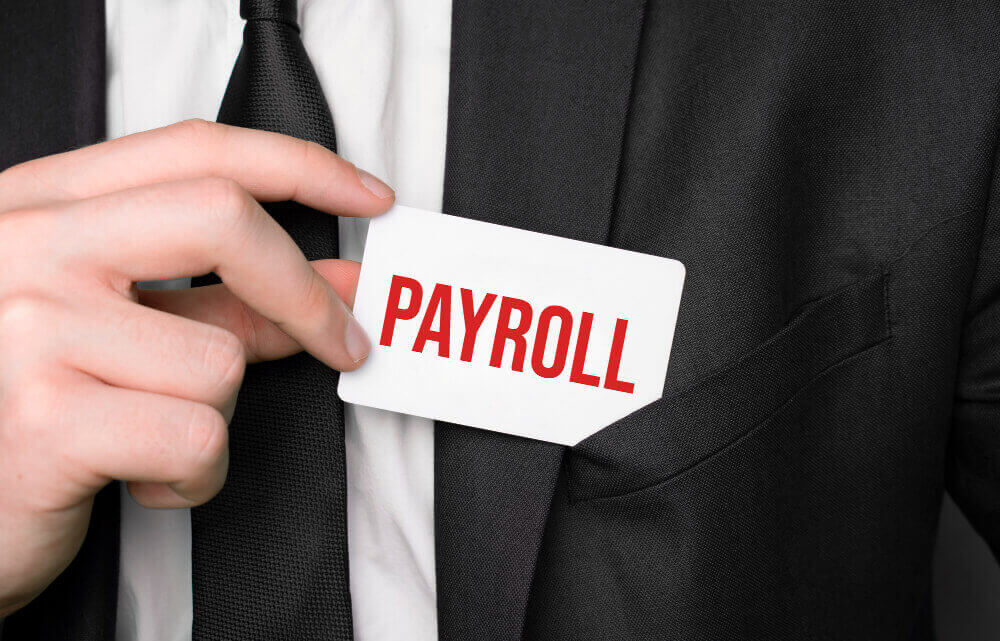Do you want to overpay on your taxes? No one does, but how to reduce your tax bills? It urges individuals to understand the R&D tax credit and take advantage of lowering their substantial tax bills.
If your business relates to innovations, this tax-saving guide will help reduce bills with R&D credits.
Table of Content
What is an R&D tax credit?
The R&D or Research and Development tax credit is a government scheme introduced to encourage research activities related to developing or improving products and processes.

The projects that can qualify for R&D tax relief must make advancements in science and technology and not in social science or academic fields.
However, sectors like IT and software, engineering, manufacturing, care, food and drink, and agriculture conduct research and development and are eligible for the tax credit.
You need to explain a project in the following manner to get R&D relief:
- Looking for advancement in science and technology
- Had to overcome uncertainty
- Tried to overcome a particular uncertainty
- It cannot be easily completed by a professional in the field
This tax relief is applicable for profitable and loss-making companies. For profitable companies, it helps to reduce your tax liability, while for loss-making companies, it compensates a part of your loss.
Furthermore, there is no restriction for any business to apply for the R&D tax credit; you don’t need to repay HMRC the credit amount and can save considerable business costs.
What are the projects counted as R&D?
- Advancement in science and technology
The project undertaken must aim to improve the overall field and not only your business. It means you cannot stick to an existing technology used in the sector.
However, another company can develop your process, product or service, but it should not be publicly available. It proves your concept is unique.
- Professionals cannot work out
Under this criteria, you must explain why a professional cannot work out your advance. You can do this by producing proof of several failed attempts to find a solution.
Further, you can show the professionals working on your project to the government and let them explain the uncertainties involved.
- Proof of uncertainty
When experts cannot say whether something is technologically possible or how to get it done, there is scientific or technological uncertainty in the project.
It ensures that your company or field experts are unaware of the advance or do not have the skills to achieve it.
- Explain your ways of overcoming an uncertainty
You must prove to the government that R&D requires research, testing, and analysis for developing a project. You must explain the work you perform to overcome the uncertainty, describing the successes and failures you faced during the project.
Types of R&D tax credit
If you are looking for ways to save tax, understand how R&D credits help your business. There are different types of R&D credits that we need to learn separately.
- Small and medium-sized enterprises’ R&D tax relief
If you are SME follows both the below-given rules, you can claim R&D tax relief,
- Working with less than 500 staff
- Making a turnover of fewer than 100 million euros or a balance sheet totaling less than 86 million euros.
Small and medium-sized enterprises’ R&D text relief allows companies to:
- Reduce an additional 130% of qualifying costs from annual profits and the normal 100% deduction, making it a 230% deduction overall
- A company can claim the tax credit if it runs at a loss and makes up 14.5% (reducing to 10% in 2023) of the surrenderable loss.
You can also realise the benefits in three ways: carry back and offset against previous years’ profit, carry forward and offset against future profits, or surrender for the group relief.
- R&D expenditure credit
The R&D expenditure credit replaces the previously available tax relief under the large company scheme. SMEs and companies that another large company has subcontracted to complete R&D tasks can claim credit for research and development expenditure.
The R&D expenditure credit has increased from 11% in December 2017 to 13% in April 2020 and 20% in 2023.
How to claim R&D credits?
Most businesses have a misconception that claiming an R&D tax credit is a complex process. However, with some planning, proper documentation, and a professional, claiming your R&D tax credit is easy.
The records that you must keep handy are
- Tax papers
- Payroll records
- Testing documents like project records, prototypes, and patent applications
- Reports related to tracking time, expenses, and other accounting information
It is good to complete your documentation process as early as possible and don’t wait until the tax filing season.
However, you must first understand what areas you can apply for an R&D tax relief. For example, it applies to your revenue expenditure but not a capital expenditure. Some of the critical regions counted as R&D are,
- Direct staff costs
- Software
- Consumables
- Subcontracted R&D
- Clinical volunteers
When an organisation spends money on innovation, it becomes a potential candidate to receive a gas rivet or corporation tax reduction. Innovation includes introducing a new idea in the market or improving an existing process or product.
If your claims are under the SME scheme, HMRC refunds the amount to the specified account within 28 days, and you must wait for another 10 days to see the amount in your bank account after the claim is approved.
For R&D expenditure credit, you may need to wait a little longer as the corporation tax return is more complicated for large companies than SMS, affecting the processing time of claim approval.

Conclusion
You must understand your tax reliefs if you are working on a project under R&D and paying business tax. It is good to consult an expert for better help, reduce tax bills, and pay the right amount to HMRC.










